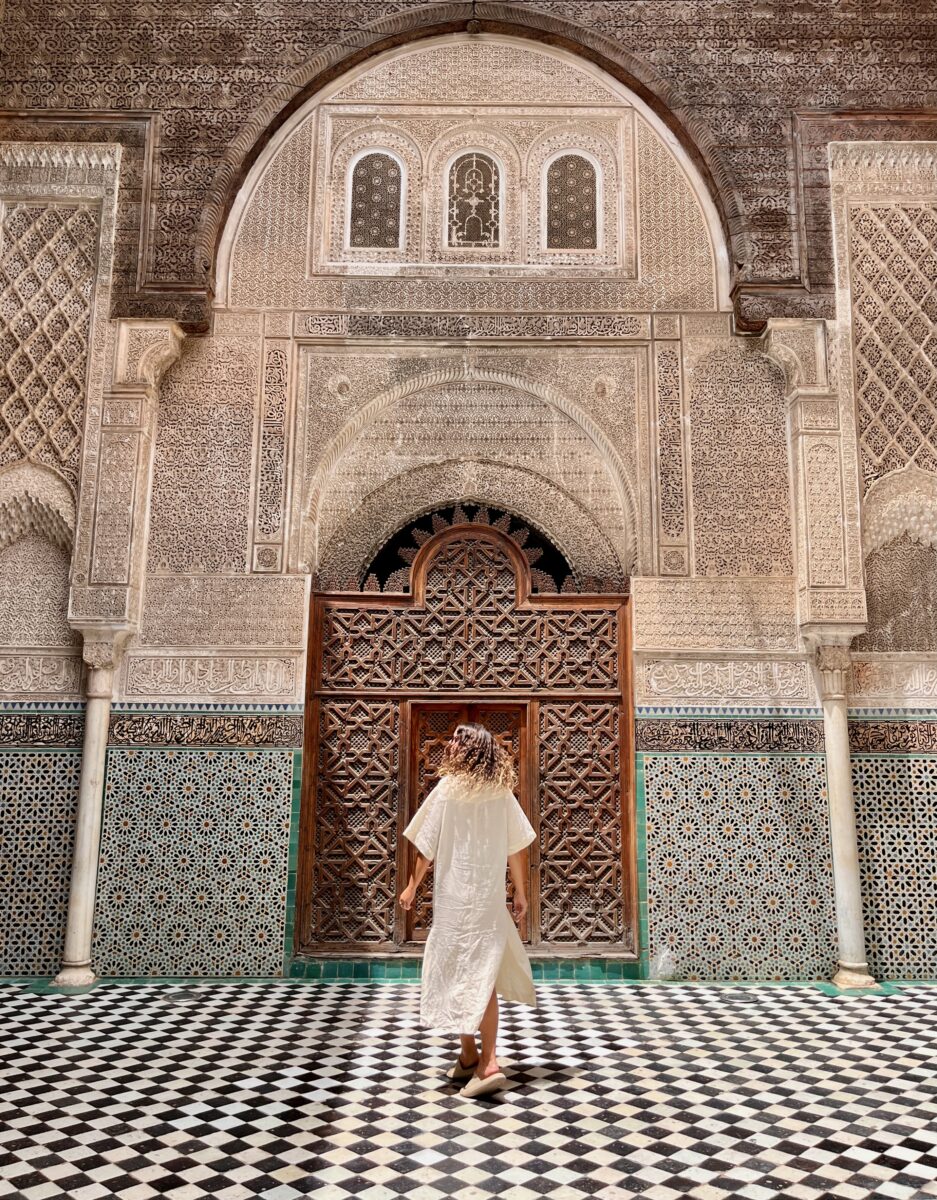Balkans Travel Guide
Our dreamy road trip in the Balkans
I designed and completed a 19-day road trip through the heart of the Balkans, exploring the stunning landscapes and diverse cultures of Croatia, Bosnia, Montenegro, and Albania. The region is a unique blend of history, with each country offering a different flavour of natural beauty, rich traditions, and welcoming people. Whether you’re drawn to walking around charming medieval coastal towns or hiking in fascinating mountain ranges, this road trip has something for every type of traveler.
From the crystal-clear waters of Croatia’s Adriatic coast to the fascinating blend of East and West in Bosnia and Herzegovina, and from the dramatic landscape of Montenegro to the untouched beauty of Albania, this guide will take you on an unforgettable journey through the Balkans. Whether you’re a history buff, a nature lover, or simply seeking a new adventure, you’ll find endless inspiration in this collection of must-visit spots, carefully crafted based on our own experience.
Buckle up, because this road trip promises to be nothing short of extraordinary!
Table of Contents
Where are the Balkans?
The Balkans, located in Southeastern Europe, are renowned for their diverse geography and rich tapestry of landscapes, religions, and cultures. This dynamic region is bordered by the Adriatic and Ionian Seas to the west, the Aegean Sea to the south, and the Black Sea to the east, creating a stunningly varied coastline. The interior of the Balkans is equally captivating, characterized by rugged mountain ranges like the Dinaric Alps and the Balkan Mountains, which offer breathtaking views and outdoor adventures. The region also features lush valleys and fertile plains, such as the Vardar River Basin, which add to its natural charm.
To the north, the Balkans are framed by the Pannonian Plain, a flat expanse that provides a stark contrast to the surrounding mountains. Each country within the Balkans—Slovenia, Croatia, Bosnia and Herzegovina, Serbia, Kosovo, Montenegro, Albania, North Macedonia, Greece, and Bulgaria—boasts its own unique landscapes and geographical features. The coastline is dotted with picturesque bays and islands, while the inland areas present a mix of rolling hills and dramatic highlands. Overall, the Balkans offer a captivating blend of geographical diversity, from serene beaches and pristine lakes to soaring peaks and verdant forests, making it a destination with something for every nature enthusiast.
About the Balkans
The Balkans have a history that is as intricate as it is diverse, reflecting a crossroads of civilizations and empires over the centuries. This region has been home to ancient Illyrians and Thracians, and later came under the influence of the Roman and Byzantine Empires. The Ottoman Empire also left a significant imprint on the Balkans, shaping its culture and architecture. During the medieval period, powerful states such as the Kingdom of Serbia and the Empire of Bulgaria emerged, contributing to the region’s complex historical heritage.
The 20th century brought dramatic changes, including the violent breakup of Yugoslavia and the emergence of several independent nations. Today, the Balkans are recognized for their rich cultural heritage, with each country offering its own distinct traditions, languages, and artistic expressions. This cultural diversity is evident in traditional music, folklore, and cuisine, as well as in remarkable architectural sites ranging from Ottoman mosques in Sarajevo to Venetian fortresses in Dubrovnik. The region’s history and cultural richness provide a compelling backdrop for exploration, making the Balkans a fascinating destination for those interested in history and culture.
The Balkans are part of Southern Europe and the Mediterranean Sea Basin
What's in this Guide?
Throughout my explorations in the Balkans, I had the chance to visit a variety of destinations, including vibrant cities like Split, historic towns such as Dubrovnik, picturesque villages like Perast and Kotor, islands such as Hvar, and mountain villages such as Virpazar and Koman. Traveling and getting to know locals who shared their unique perspectives and stories provided me with a deeper appreciation of the region and its history.
While some places in the Balkans have become popular with tourists, leading to inflated prices and a more commercialized experience (e.g. Hvar, Ulcinj), I discovered that the most memorable moments came from venturing off the beaten path (e.g. Koman, Perast). This guide focuses on authentic experiences and hidden gems, offering a genuine glimpse into the Balkans’ diverse local cultures, traditions, and landscapes. Whether you’re eager to explore ancient history, enjoy traditional cuisine, or simply immerse yourself in the natural beauty, this guide is designed to help you connect with the true essence of the Balkans.
When to go to the Balkans
It is possible to visit the Balkans all year round. However, depending on your budget and your tolerance of high temperatures, you may want to choose the timing of your stay strategically.
Spring (April – June)
Spring, from April to June, is probably the best time to visit the Balkans, because the temperatures are fresh (15-25 degrees Celsius) and tourists are still not as affluent as in the summer. Make sure to grab a good sweater and jacket. The best time to go for value for money, if you ask me!
Summer (July – September)
The summer offers warmer and busier times throughout the country, with temperatures nearing 40 degrees Celsius in the South of the Balkans. If you aren’t afraid of heat, this may be the best time to experience the coastline and mountains, as their waters will be the perfect refreshment.
Autumn (October – November)
Alternatively, autumn, from September to November, offers a wonderful off-season option to visit the Balkans, with temperatures similar to the Spring month but a much more quiet tourism. The mountain regions will amaze you with their infinite shades of orange and red as leaves fall down.
Winter (December – March)
The North of the region will present cold temperatures and lots of snow in the mountains, so you may not easily access remote areas than if you’d visit during the summer. For this reason, Winter may not be the best season to visit the Balkans – except if you’re a snow sports fan!
The Old Bridge of Mostar, Bosnia and Herzegovina
Where to stay in the Balkans?
When planning your stay in the Balkans, consider the charm and warmth of local bed and breakfasts. These usually small establishments offer a more personal and intimate experience compared to larger hotels. Often housed in historic buildings or traditional homes, Balkans’ bed and breakfasts provide a unique glimpse into regional architecture and culture.
Many bed and breakfasts in the Balkans feature traditional decor, cozy interiors, and friendly hosts who are eager to share insights about the local area. This allows you to enjoy a homely atmosphere, with the added benefit of personalised service and expert knowledge. You’ll often find yourself waking up to a delicious breakfast featuring regional specialties, from hearty Balkan stews to freshly baked pastries, enhancing your immersion in the local culture.
For travelers looking to connect more deeply with the heart of the Balkans, bed and breakfasts offer an authentic and memorable lodging experience. They blend comfort with local charm, providing a welcoming environment that reflects the region’s diverse traditions and hospitality.
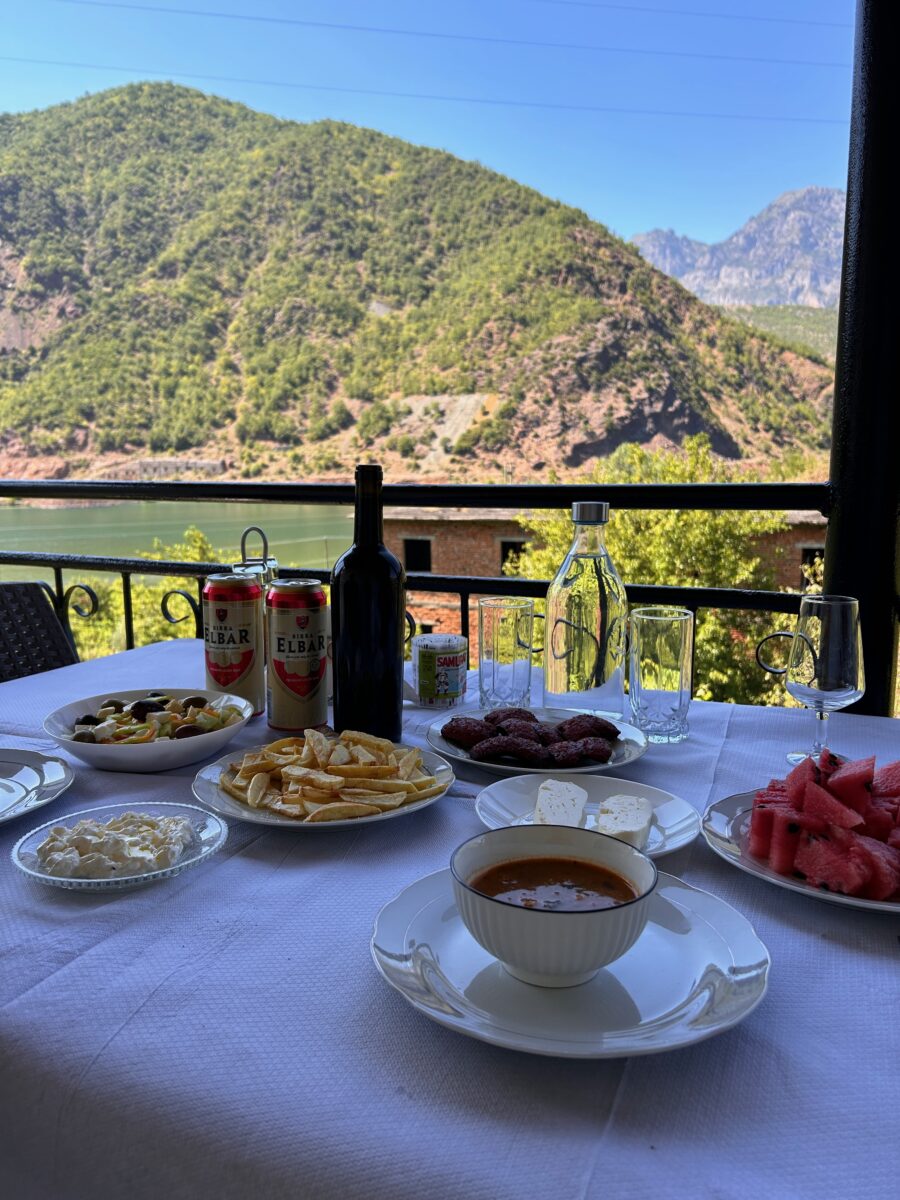
The B&B “Docaj” in the Albanian mountains.
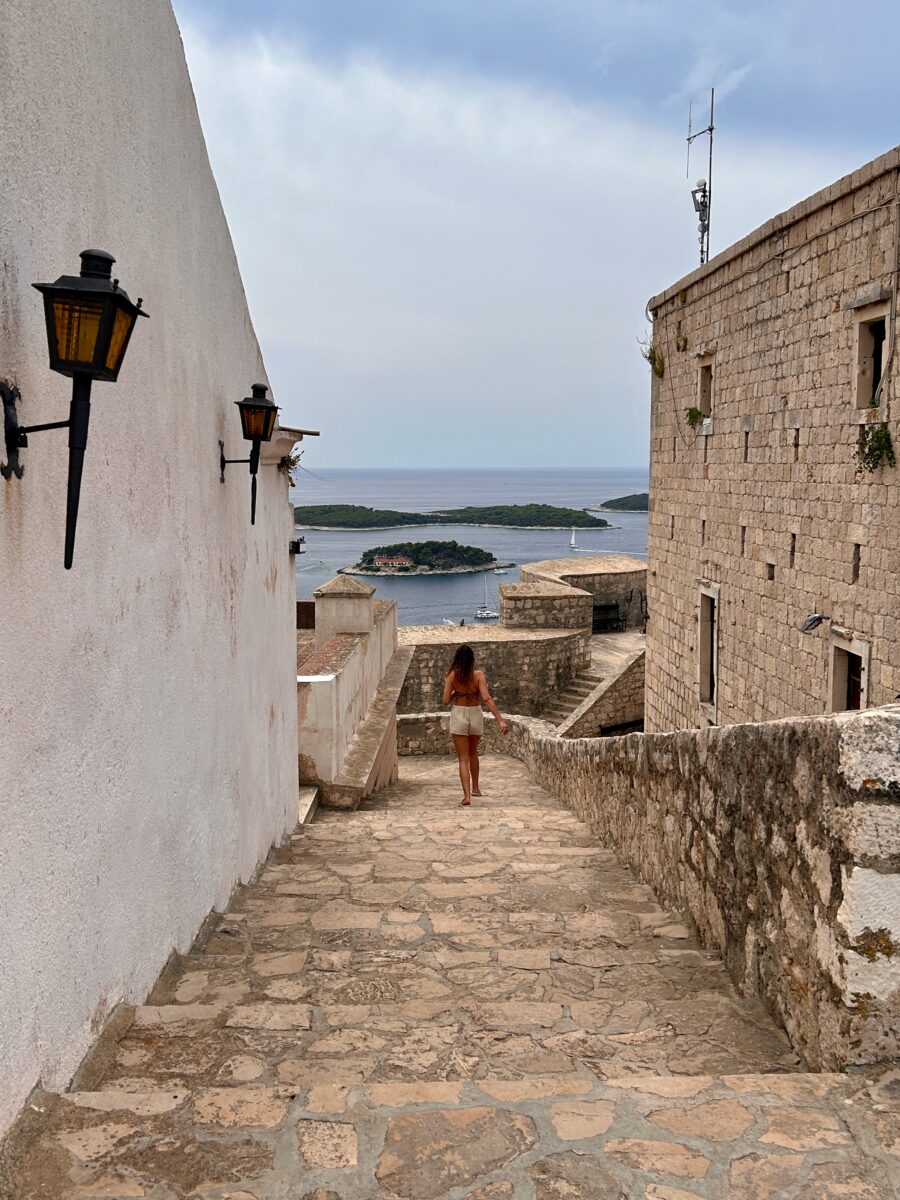
A view from the Castle of Hvar, Croatia.
How to get around the Balkans?
Navigating the Balkans is best done with a rental car, as it offers the flexibility to explore at your own pace across this diverse region. We opted for this mode of transport, picking up our car at Split Airport and dropping it off at Tirana Airport. The region’s road infrastructure and public transport can vary, so having your own vehicle can make travel more comfortable and efficient. While car rental companies with international offices allow for cross-border rentals, be prepared for an additional fee, which can range between €200 and €500. Booking early can help secure the best rates and ensure availability.
For those planning a road trip, budgeting between €1000 and €1500 for a two-week car rental is advisable. Flight costs were around €500 per person, including checked luggage. We found booking.com to be the best resource for finding accommodations, ranging from beachfront hotels to cozy B&Bs, with our two-week stay costing about €1800. Keep in mind that most places in the Balkans accept euros, though it’s best to carry cash for smaller establishments. For the most accurate and cost-effective car rental options, using comparison tools like SkyScanner is highly recommended.
How to get to Tulum?
Practical Tips for the Balkans
Scams
We did not encounter any type of scams while on our trip through the Balkans. Of course, a general word of caution is advised, for example paying attention to your items in crowded area and avoiding restaurants where waiters beg you to come in (if it’s good, they usually don’t have to).
What should I bring with me?
Internet Roaming
As an EU citizen, you can use your smartphone data roaming free only in Slovenia and Croatia. Once outside of the EU, you will pay heavy roaming fees. It is however essential to have access to mobile internet to facilitate navigation and listen to history podcast like we do, and wifi was generally quite bad in the locations we visited. So, we used Holafly to purchase an eSim (get a 5% discount here). This way, you can get unlimited and fast internet anywhere you want, without having to spend time buying a new physical sim card. Ideal!
Safety
We found the Balkans to be very safe for a couple.Just like everywhere, you should pay attention to your belongings, especially in busy and touristy streets, and avoid walking late at night in isolated areas. Be particularly cautious if you are a solo female traveler. Avoid catching attention and be respectful of the local culture by covering your body with modest garments whenever visiting religious sites. The biggest threat to your safety in the Balkans is probably mosquitoes. They are savage!
How safe is Tulum?
Food
Balkan cuisine is a delightful fusion of Mediterranean and Eastern European flavors, showcasing dishes like cevapi, burek, and sarma. Street food, such as grilled meats and pastries, offers a quick and delicious option for those on the go. To fully enjoy the local cuisine safely, it’s wise to stick to busy, well-reviewed eateries and drink bottled water when available. Be sure to try local seafood and regional specialties like ajvar, a rich pepper-based relish, and end your meal with sweet treats like baklava or tulumba. Exploring local markets is a great way to discover fresh produce and spices, but always ensure that meats and seafood are well-cooked before eating.
What to do in the Balkans
Have a look at the posts below for plenty of ideas and inspiration for your trip to the Balkans. My recommendations focus on authentic and affordable experiences, and are 100% based on my genuine opinion. I may make a small commission out of affiliate links (without changing the price for you).
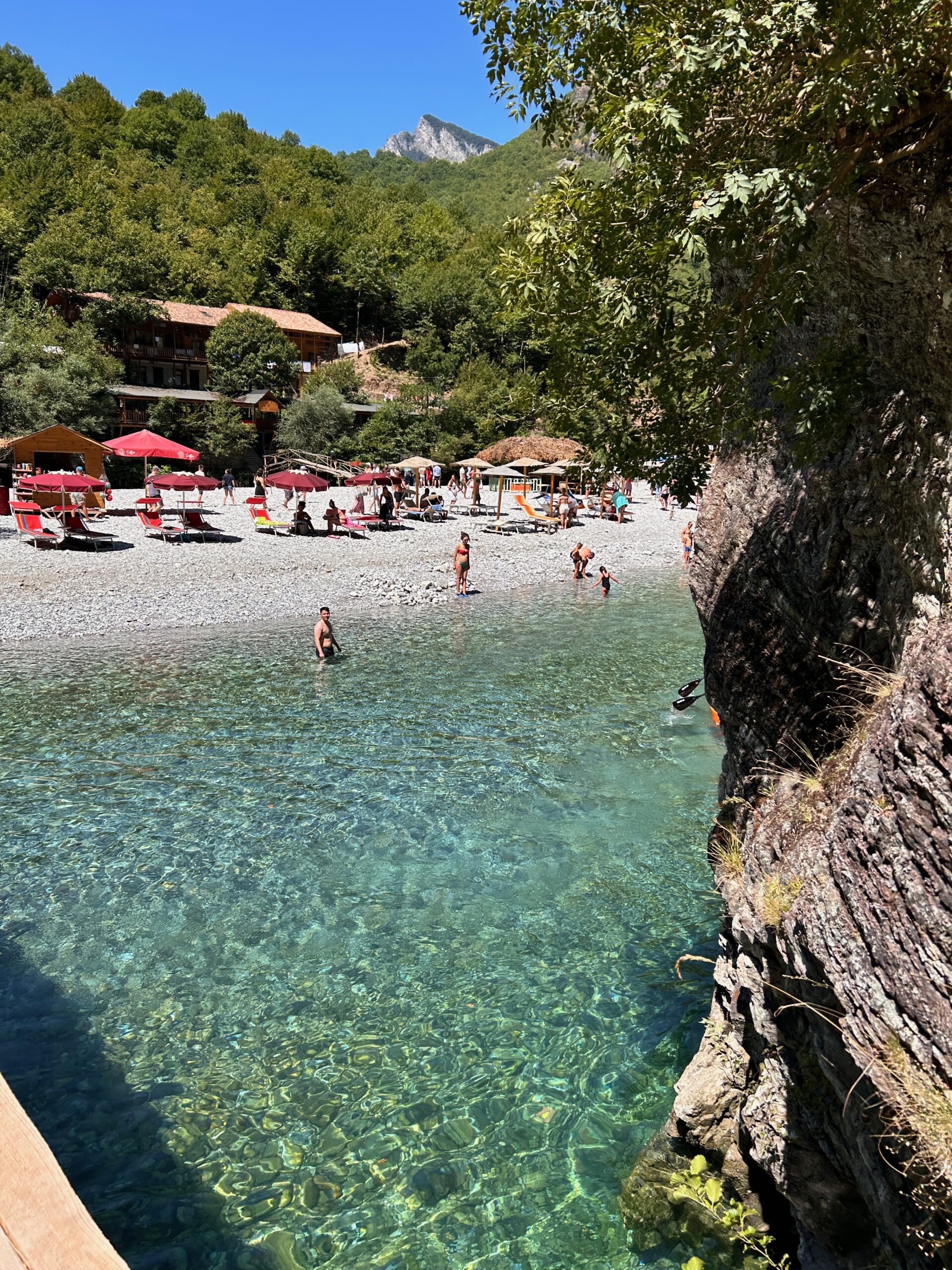
Discover the Hidden Beauty of Lake Komani in Albania
Discover Lake Komani in Albania: from breathtaking fjord-like views to authentic stays, this guide offers tips for an unforgettable adventure.
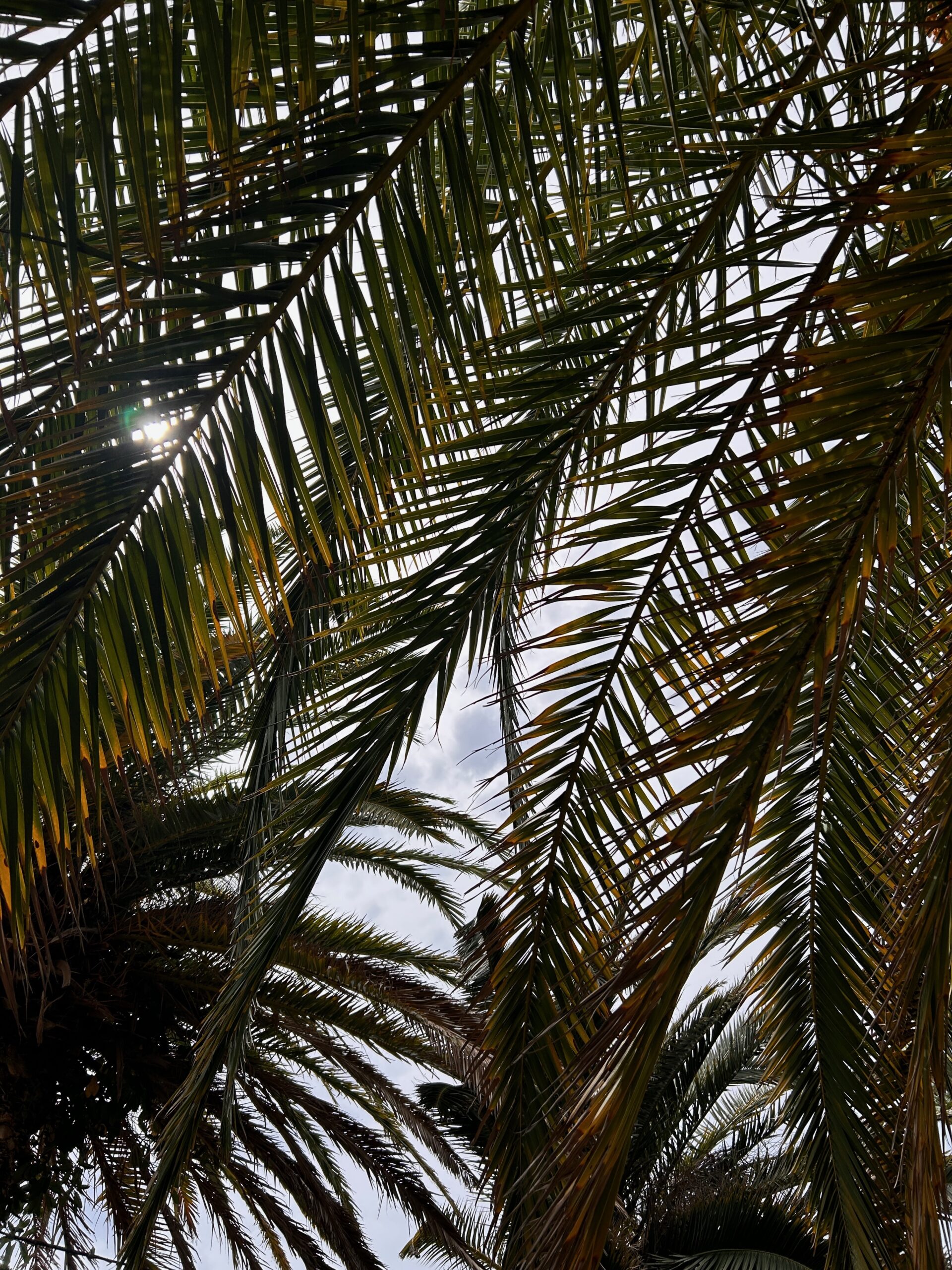
The Best of Hvar Island in Croatia
Hvar is a very popular island destination on the Dalmatian Coast of Croatia. Find out what the best activities and restaurants are!
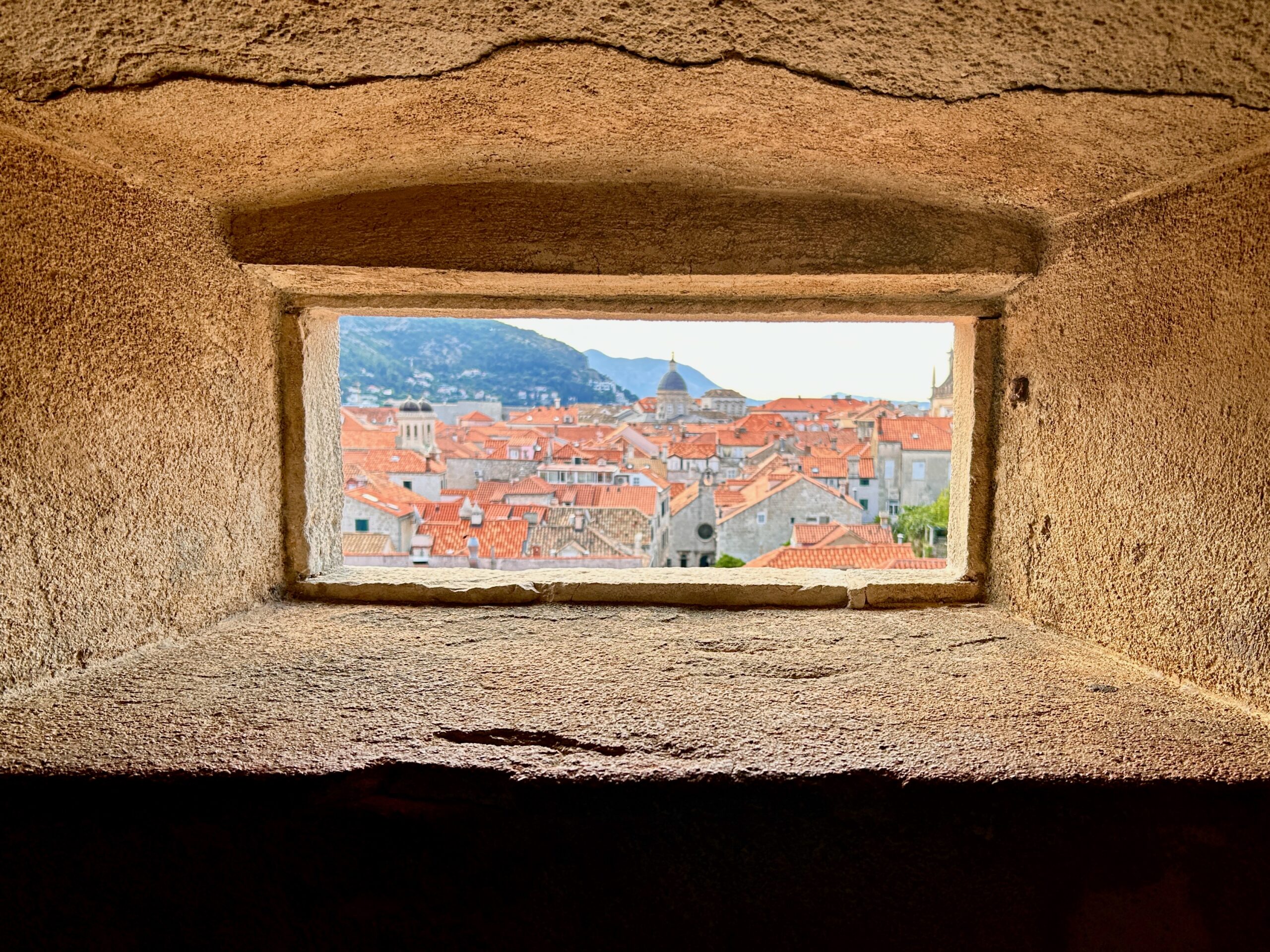
The Balkans Road Trip of Your Dreams: Croatia, Bosnia, Montenegro, and Albania
Get ready for a unique road trip through the most eclectic part of Europe, the Balkans! Itinerary of Croatia, Bosnia, Montenegro, Albania.

Hi! I’m Sophie
I was born in Belgium, educated in Europe, and now exploring the world with the objective to understand how we can make it a better place.
I currently work as a doctoral researcher (PhD candidate) in The Hague. I hold a Masters degree (MPhil) from the University of Oxford and have 7+ years of experience as a consultant in public diplomacy, strategic communication, and global peace and security.
I believe travel can be an experience for personal growth and transformative connections.
Explore my other travel guides...
I love creating unique itineraries and photographing the most beautiful scenes of my trips. I’ve created original guides for Mexico, Italy, Greece, Morocco, and the Balkans.
